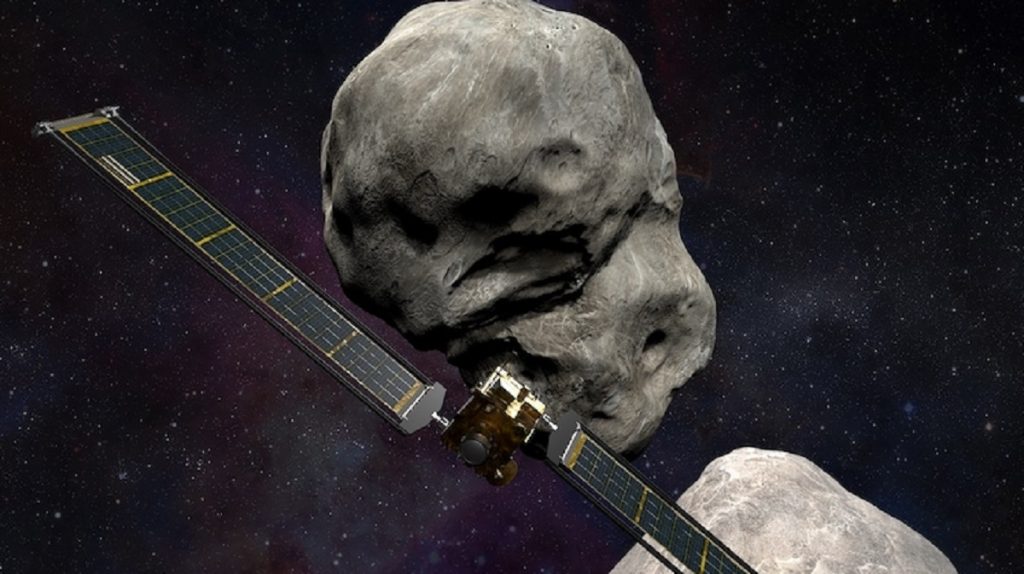New Delhi: NASA’s Double Asteroid Redirection Test (DART) mission boasts of the stuff that sci-fi movies are made of. A typical plot shows an Asteroid hurtling at a galloping speed towards the Earth, threatening to annihilate all forms of life and the human race standing up to challenge. Eventually, a man-made mission salvages the situation by altering the path of Asteroid, thus avoiding any collision with Planet Earth.
NASA’s DART mission is the first-ever planetary defense test, which aims at changing the journey of any hurtling asteroid and thus ward off any collision threat.
The DART spacecraft smashed into the distant steroid at a hypersonic speed on Monday and is understood to have create a crater and probably moved it by some metres, though scientists are yet to corroborate the same.
IMPACT SUCCESS! Watch from #DARTMIssion’s DRACO Camera, as the vending machine-sized spacecraft successfully collides with asteroid Dimorphos, which is the size of a football stadium and poses no threat to Earth. pic.twitter.com/7bXipPkjWD
— NASA (@NASA) September 26, 2022
When & How DART started space voyage?
The DART spacecraft was lauched by SpaceX rocket in November 2021 and after travelling for almost 10 months, it intentionally crashed into an asteroid to deviate it from orbit.
The spacecraft was initially guided by NASA’s flight directors and was later left to autonomous navigation system in its final hours of voyage.
The spacecraft plowed into an asteroid Dimorphos, a small body orbiting a larger asteroid Didymos, at a galloping speed of 22,500 km/hr.
The mission’s objective was to determine whether spacecrafts can change the trajectory of meteorite or asteroid, if any of them sets a collision date with Earth.
What is Kinetic impact?
Kinetic Impact is the technology via which NASA navigated the spacecraft to collide with the asteroid to deflect its path. Initially, the spacecraft was guided via NASA scientists and was left on its own automated control in last phase of navigation.
In months & years to come, the Kinetic Impact will be studied more to see if this could be used to save the Earth from any incoming Asteroid and will it be successful in nudging the meteorite off its course.

